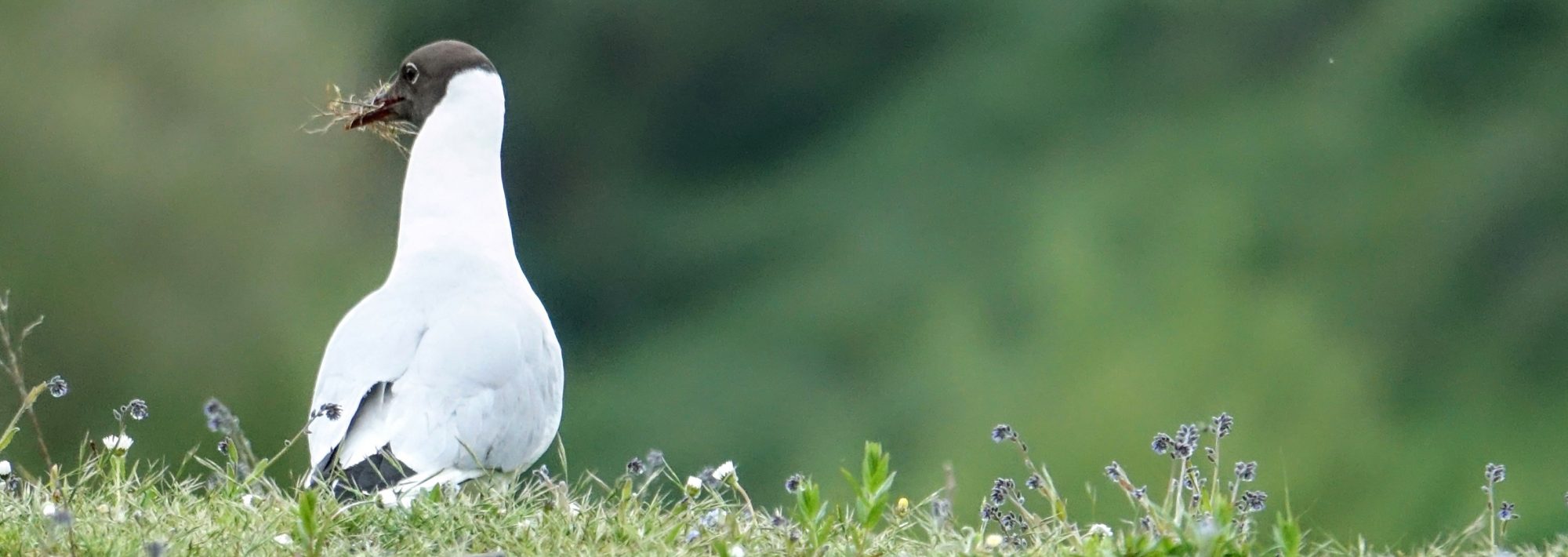
RING OUZEL RECORDS WANTED, PLEASE
If any Ring Ouzels do return to breed in Shropshire, they may have eggs, or even young, in the nest before the beginning of May. They come back in early- to mid-April, and the first nesting attempt usually occurs in mid- to late-April.
The Long Mynd Breeding Bird Project has monitored the Ring Ouzel since 1994. Between the years 1994-99 the population fluctuated between 11 and 16 pairs. However, since then, the population has crashed. In 2000, only eight pairs were found, reducing to three pairs in 2001, two in 2002, and only one in 2003. In 2004, only a single male bird was seen, on a couple of dates in April. He was not seen subsequently, and there was no evidence of a female or any breeding activity.
Predation of nests is high, and, nationally, Ring Ouzel is now on the Red Data List in Birds of Conservation Concern. Increase in the numbers of all the major nest predators, due to improved food supply for them from sheep and pheasant carrion, is believed to be the cause of the decline on the Long Mynd – in the same period as Ring Ouzels have disappeared, Curlews have reduced from 7-10 to 2, Snipe from 15-18 to 7, and Teal from 3-5 to 1, breeding pairs.
We operated a nest protection scheme for Ring Ouzel in 2003, which may have contributed to the successful outcome of the only nest found. However, this only has a chance of success if we find the nest before a predator does! Ring Ouzels are extremely elusive birds, with large territories. If any do return, they may be anywhere on The Long Mynd.
If you come across a Ring Ouzel, report it immediately please to Leo Smith (tel. 01694 720 296 or by email to leo@leosmith.org.uk).
Because they are so difficult to find, information about any sighting, however fleeting, will be a big help in locating any territories. Your call could therefore make a significant contribution to the Project’s results, and the wider research being conducted through the national Ring Ouzel Study Group.
For more information on the Ring Ouzel in Shropshire select this link.
Return to Bird Conservation
